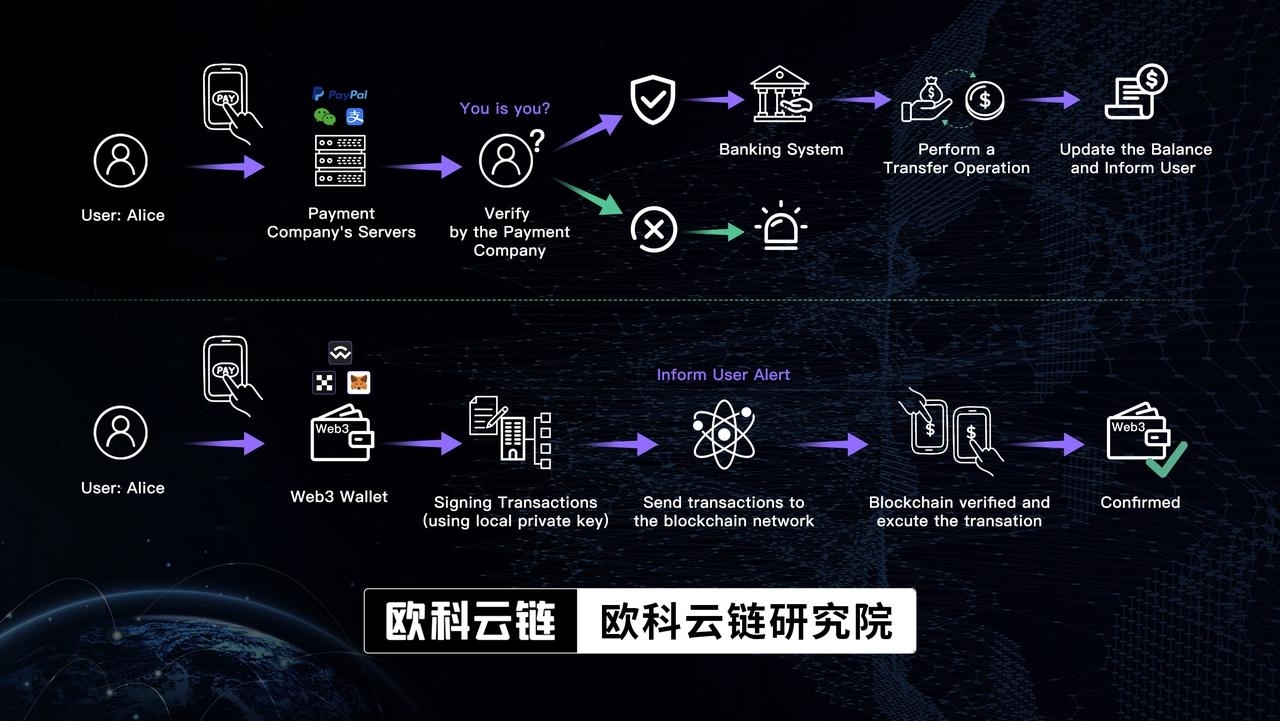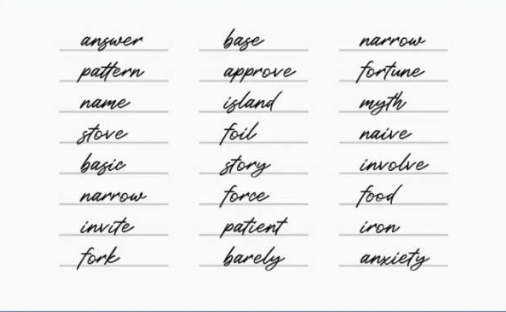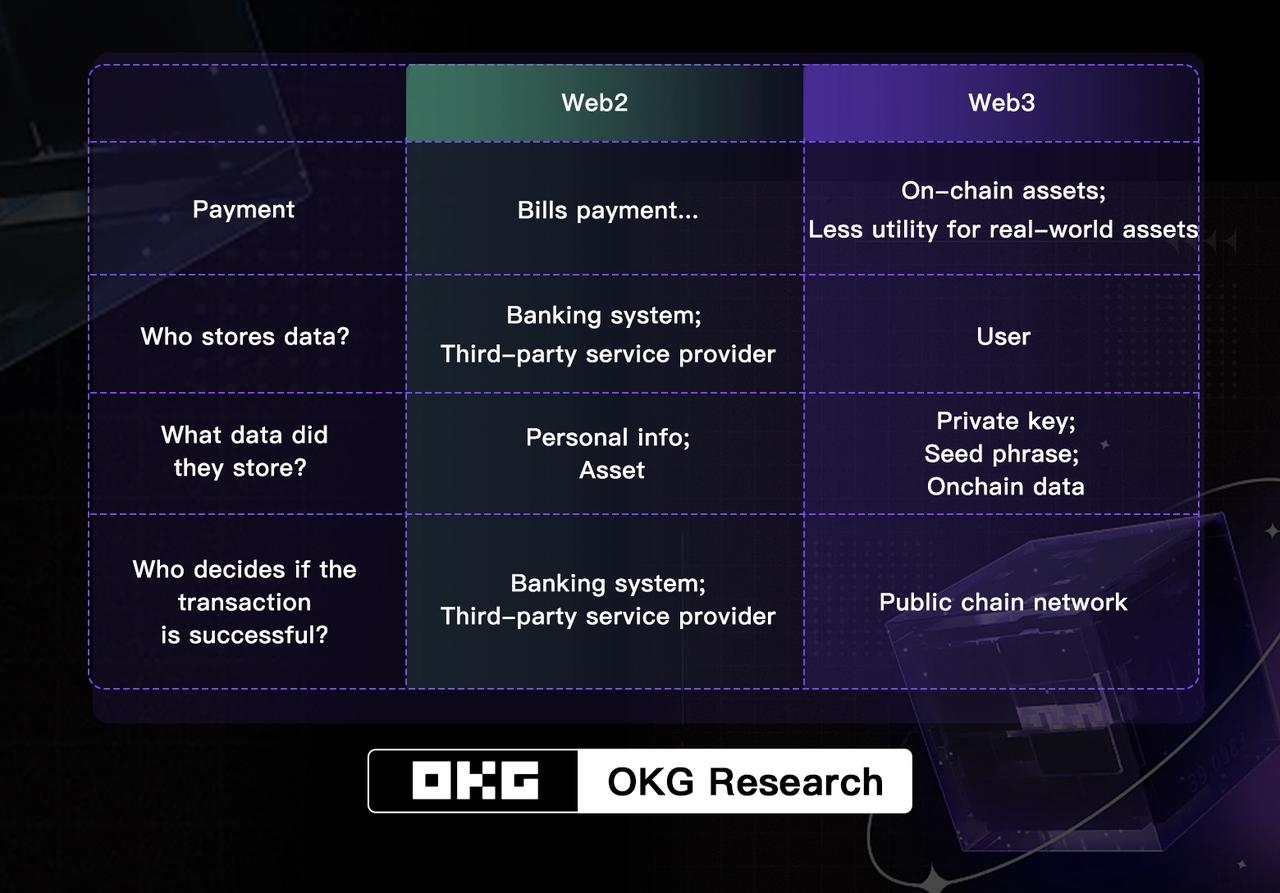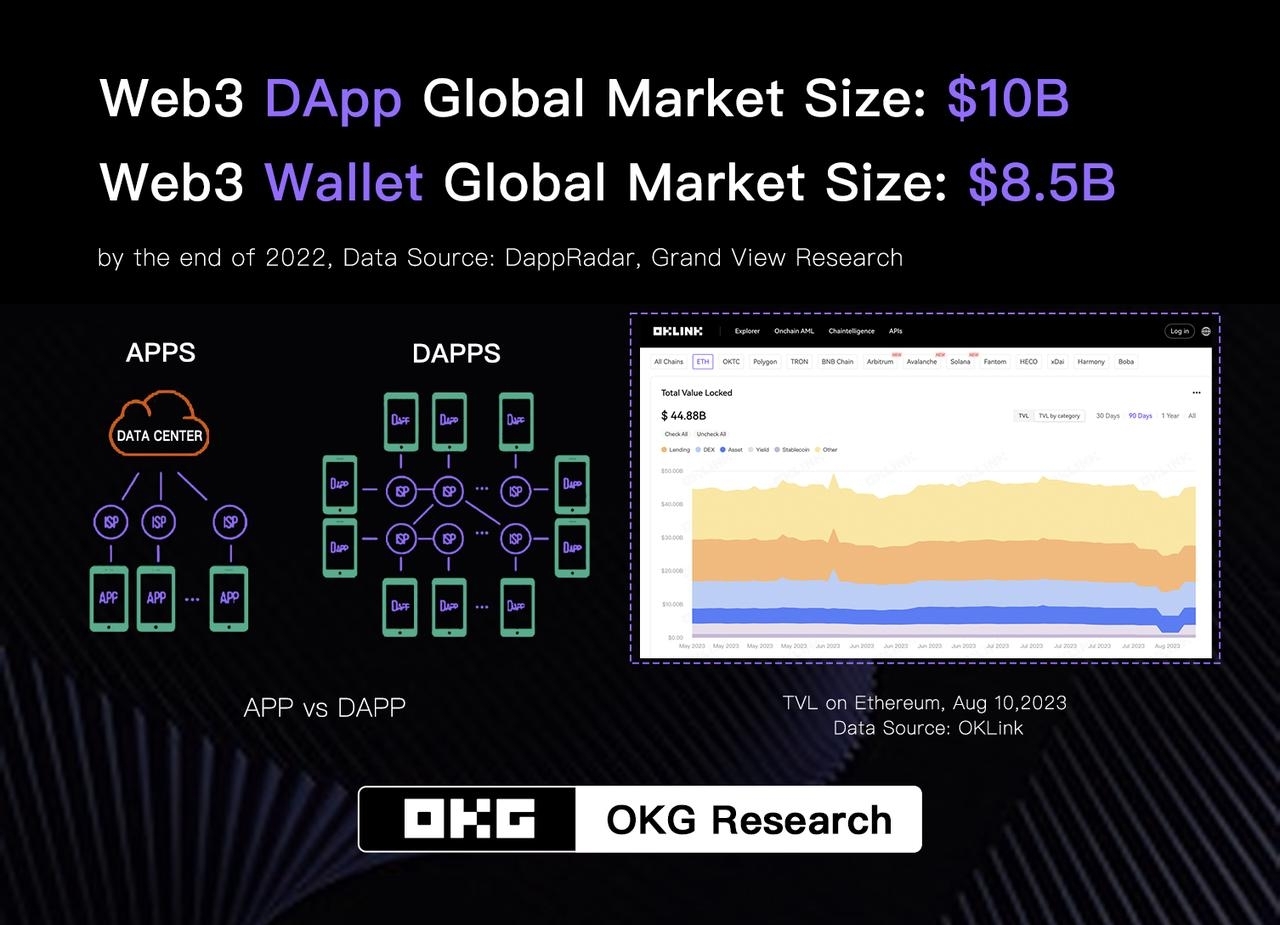Produced by | Europe Cloud Chain Research Institute
Author | Hedy Bi
On the occasion of LianGuaiyLianGuail launching stablecoins and sparking industry discussions, the public blockchain Aptos announced yesterday that it will cooperate with Microsoft to explore innovative solutions related to asset tokenization, digital payments, and central bank digital currencies. Despite Bill Gates’ ambivalent attitude towards cryptocurrencies, Microsoft has been laying the foundation for Web3 since 2015, five years earlier than LianGuaiyLianGuail. However, whether it is Microsoft starting from cloud services or LianGuaiyLianGuail starting from using LianGuaixosTrust to support encrypted payments, the two giants are converging on the Web3 payment field. Not only are tech giants focusing on the Web3 payment field, but the native crypto company Circel has also recently launched its own programmable Web3 wallet.
Why would LianGuaiyLianGuail, which already has a good user experience, and Microsoft, which has stable profits in Web3 cloud services and investments, delve deeper into Web3 payments? What motivates Web3 technology leaders like MetaMask and Circle to invest heavily in the Web3 wallet race?
Archimedes once said, “Give me a lever long enough and a fulcrum on which to place it, and I shall move the world.”Web3 wallets may become the fulcrum for old and new tech giants to leverage the growth of the Web3 field.
Decentralized Trust
For users, using Web3 payments, especially Web3 self-custody wallets (referred to as Web3 wallets in the following text), is as reassuring as keeping gold or jewelry in their own home safe. There is no need to rely on banks or other financial institutions, nor to store one’s data on third-party service cloud platforms or the company servers of third-party service providers. This charm is bestowed by the distributed technology behind Web3, users can store their private keys by using Web3 wallets, and the private key information is saved on local servers.
Web3 self-custody wallets and payment companies like MetaMask and WalletConnect (such as LianGuaiyLianGuail, which achieves Web3 payments through cooperation with MetaMask) have significant differences in terms of technical architecture, security and control, and on-chain applications.
1. Product Architecture: Taking user Alice’s transfer as an example, the difference between Web3 wallets and the payment apps we currently use can be clearly seen from the comparison in the diagram below. When Alice initiates a transaction, from user-initiated transaction to account identity verification, and then to transaction confirmation and execution, the process of traditional payment companies all takes place on third-party servers or the cloud servers cooperated by the company. It is a centralized institution that holds users’ sensitive information and transaction data; while the operation of Web3 wallets takes place on a decentralized blockchain, and the functions such as transfers are executed through smart contracts, which means that users are truly in control of their assets in terms of technology.
Specifically, users use private keys to control and manage on-chain assets, just like a digital signature pen exclusively for you. Only by using this pen to sign, can others verify the signature to confirm that it is your intention, and your transaction will be broadcasted and confirmed on the entire blockchain network, ultimately completing the transaction.

2. Control and Security: If Alice chooses to use a payment app on her smartphone, she needs to trust a third-party institution to protect her assets and personal information. As the third-party institution can collect, use, and share user data, there is a risk of sensitive data leakage or misuse. In terms of security, traditional payment companies are vulnerable to single-point failures. If the centralized servers encounter a failure or attack, users may not be able to access their assets or conduct transactions.
In contrast, when users use a Web3 wallet, they can independently manage their assets by controlling the private keys, without handing over their assets and data to others. However, the storage of private keys becomes a major challenge.

Figure: User records mnemonic words (use mnemonic words to restore the private key and gain access to the wallet and on-chain assets)
According to OKLink’s statistics, in 2022, the largest loss of user digital assets, amounting to $930 million, accounting for approximately 40% of the total losses, was caused by private key leaks and losses.
Currently, leading Web3 wallets such as MetaMask have supported Account Abstraction (AA) technology to implement social recovery of private keys: by splitting the private keys into multiple parts and distributing them to designated individuals, users can recover the access to their wallets by contacting and collecting a sufficient number of key parts.
This not only enhances the security and flexibility of Web3 wallets but also seamlessly connects with user experiences. Last week, we also mentioned that OKLink has supported the parsing of AA accounts and Uop (User Operations) queries, allowing users to accurately view their on-chain transaction records through blockchain explorers.
In addition to social recovery, MPC (SecureMulti-Party Computation) keyless wallets are also at the forefront of industry technology.
Figure: Let’s summarize the differences between Web2 and Web3 payments:

Figure: Comparison between Web3 wallets and Web2 payments
3. Decentralized Applications (DApps): Once Alice becomes proficient with Web3 wallets, she can start exploring Web3, connecting with decentralized finance (DeFi), NFT markets, and metaverse games through her Web3 wallet. Web3 wallets not only support the management of crypto assets but also allow participation and expansion of various DApps on different blockchains.
On the other hand, most payment companies that collaborate with crypto technology companies can only provide storage and transfer functions for a few major crypto assets. In this case, payment companies act merely as payment gateways.
Take the Ethereum ecosystem, which is the most active in terms of DApps, as an example. According to OKLink’s data, the total locked value (TVL) on the Ethereum network has reached $45.17 billion, achieving several tens of times growth within three years. Web3 wallets are tools closely integrated with the DApp ecosystem, providing direct access and usage of DApps. Currently, for example, with OKX Web3 wallet, users can access over 5,500 DApps, and the wallet has already integrated more than 500 DApps. On the other hand, Web2 payment apps mainly focus on traditional centralized payment and transfer functions and cannot directly interact with DApps.

Web3 Wallets are Moving Towards “Wallet-less”
In addition to providing a leading-edge solution that eliminates the need to worry about saving private keys, another leading direction in the industry is the integration of Web3 wallets into usage scenarios, also known as “wallet-less”, which is becoming a trend.
Take NBATop Shot as an example, users initially see the option to purchase NFT collectibles, while the wallet, as the custodial account for these digital assets, operates in the background. For example, the presence of plugins and mobile applications will continue to diminish. To make Web3 mainstream, Web3 wallets should not be discovered by users, but more deeply embedded in the scene to provide a seamless and integrated user experience.
With more and more payment companies entering Web3 and incorporating crypto assets into their asset categories, this will attract a lot of attention from users in the crypto field. “This is a long-term benefit for the industry. Because the efforts of admission, reputation, public education, and other payment companies will encourage more people to accept blockchain and blockchain-based business applications,” said Austin Champbell, a professor at Columbia Business School, in a conversation with OKG Research.
However, we believe that this is only the tip of the iceberg in terms of progress in Web3 payments. The real advantage of Web3 wallets lies in providing users with higher levels of security, privacy protection, and control without relying on centralized institutions.
Web3 wallets are the gateway to the future digital economy. Through Web3 technology, individual users can become participants in the digital economy, driving the establishment of an increasingly decentralized and non-monopolistic economic and social model, which will redefine our understanding of digital assets and value.
Note: Web3 wallets are digital wallets designed for interacting with decentralized applications based on blockchain technology, used for storing and managing digital assets. They are typically categorized as self-custody wallets and custodial wallets. The Web3 wallets discussed in this article refer to Web3 self-custody wallets.
Like what you're reading? Subscribe to our top stories.
We will continue to update Gambling Chain; if you have any questions or suggestions, please contact us!